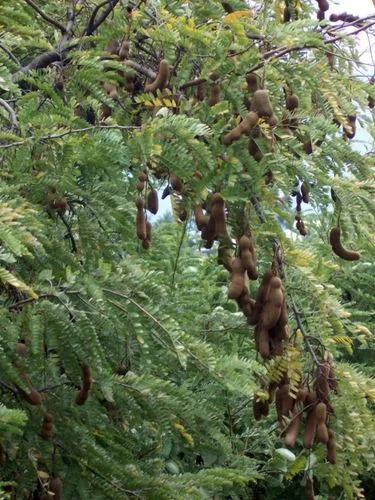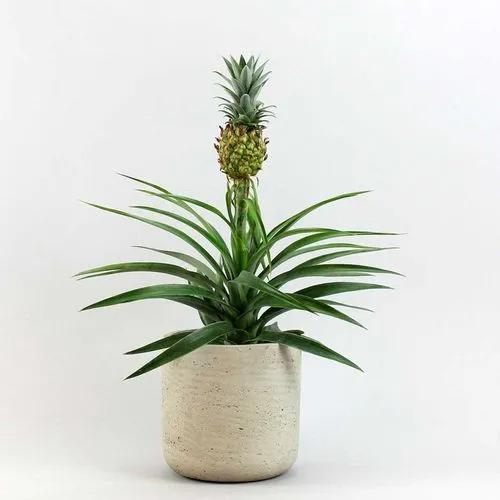Native to southern China, northern Vietnam, and Cambodia, this fruit carries the Latin name Litchi сhinensis, but its allure transcends linguistic boundaries. While Lychee trees thrive in warm, humid climates, don't despair if you reside outside these regions. With proper care and suitable conditions, you too can embrace the beauty and taste of Lychee in your backyard.
Lychee Tree Care
Litchi chinensis



Prepare your taste buds for a tantalizing journey with Lychee, a tropical fruit cherished for its delectable, juicy flavor and its skin adorned with delicate scales. The tree responsible for these mouthwatering treasures is an evergreen beauty, flaunting glossy, dark green leaves and petite, fragrant flowers that add a touch of elegance to its tropical habitat.
How to Care for the Plant

Water

Maintaining consistent soil moisture is key, ensuring a delicate balance between hydration and avoiding waterlogging. These trees are particularly sensitive to root rot, so it's crucial to prevent excessive water accumulation. Utilizing a moisture meter or simply using your finger to gauge soil moisture about an inch beneath the surface will help you strike the perfect watering rhythm.

Pruning

Pruning can help to promote healthy growth and encourage fruit production. It's generally best to prune your tree in the late winter or early spring, removing any dead or damaged branches and shaping the tree to your desired shape.

Fertilizer

Fertilizing is important to promote healthy growth and fruit production. It's generally best to fertilize your Lychee tree every few months during the growing season.

Sunlight

When it comes to sunlight, it prefers full sun, so it's important to place yours in an area that gets at least six to eight hours of direct sunlight per day. However, it's also important to provide some shade during the hottest parts of the day to prevent leaf burn and ensure that your tree doesn't dry out.

Soil

In terms of soil, it prefers a well-draining, slightly acidic soil with a pH of 5.5 to 7.5. A good mix for Lychee trees is equal parts potting soil, peat moss, and perlite or vermiculite.

Propagation

Propagating is generally done through air layering or by rooting stem cuttings. Air layering involves removing a section of bark from a branch and encouraging roots to form, while rooting stem cuttings involves taking a cutting from a mature tree and rooting it in soil or water.

Temperature

These trees prefer warm temperatures and can be damaged by cold spells, so it's important to protect them from frost and freezing temperatures. In general, Lychee trees should be kept in an area with temperatures between 70-90°F (21-32°C).

Container

If you're considering nurturing a Lychee tree, selecting the right container is paramount. Given their potential for substantial growth, it's wise to start with a sturdy, spacious container that provides ample room for the tree's roots to stretch and flourish. Prepare to witness your tree's magnificent transformation firsthand.

Fun fact

Did you know that Lychee trees have a secret ally in the form of a special ant species? These industrious ants engage in a mutually beneficial relationship with the tree, protecting it from pesky pests and potential diseases. Nature's very own superhero squad!

Popularity

2,739 people already have this plant 285 people have added this plant to their wishlists
Discover more plants with the list below
Popular articles






